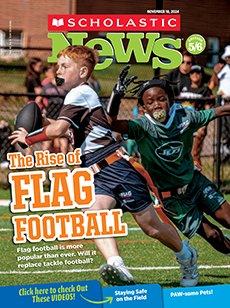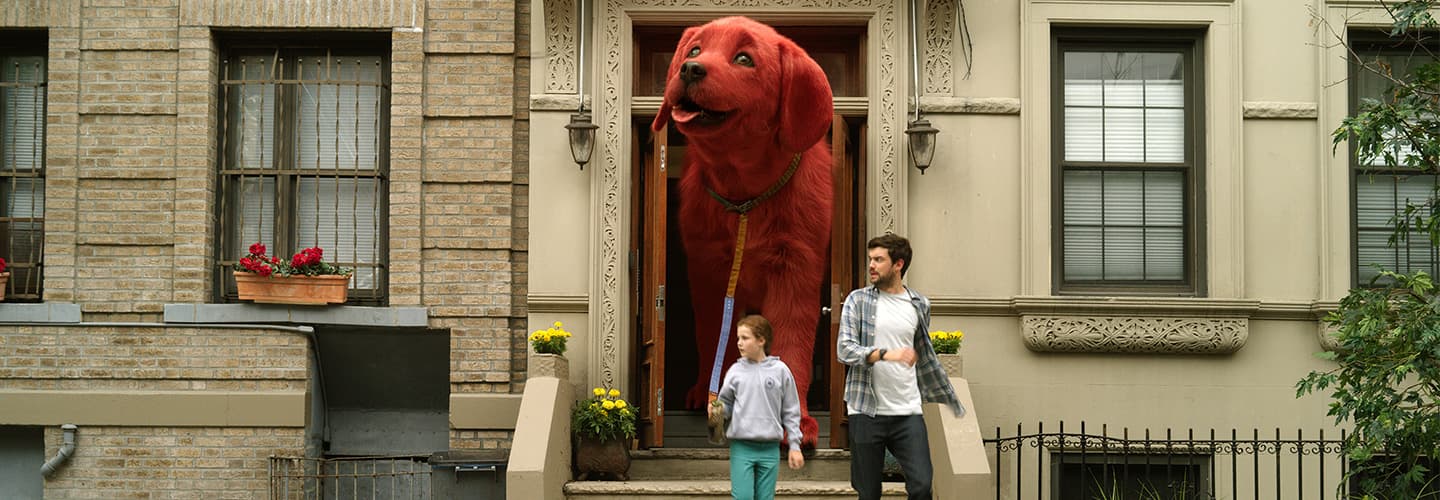Scholastic News: Can you briefly explain what visual effects are?
Blair Clark: Visual effects are used to get images into a film that can’t be photographed in real life. It could be something that doesn’t exist—like a huge red dog. Computer-generated imagery, or CGI, is the main tool used in creating visual effects today.
SN: What inspired you to pursue a career in visual effects?
BC: Growing up, I loved monsters and horror films. My dream was to have a career in the movie industry creating monsters, either through makeup or stop-motion animation. I went to an art school, studied film, and was able to get a job working on the first Gremlins movie. After that, I made stop-motion puppets for films like The Nightmare Before Christmas. Computers showed up not long after that, and here we are.
SN: Why was your job on this movie so important?
BC: Because Clifford is so big and bright red, it was very important to make him look and act like a real dog. He had to be convincing as a living, breathing character interacting with the actors. It was also important to keep him sweet and similar to what the readers of Norman Bridwell’s books were used to.

